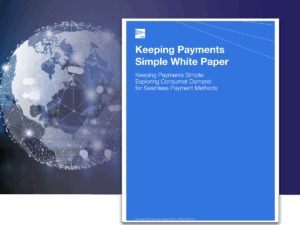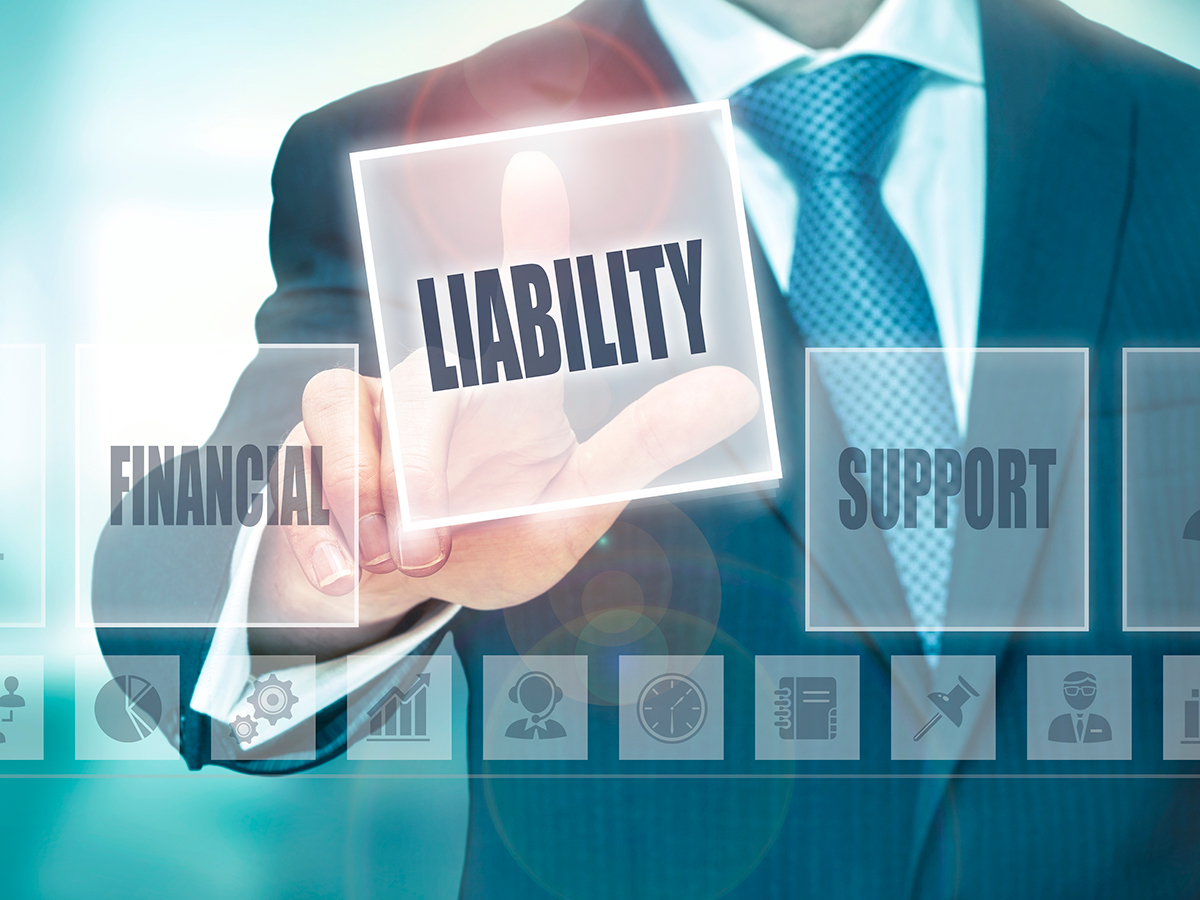The April 2021 deadline for EMV compatibility is less than one year away, and fuel and convenience retailers must upgrade their payment equipment at the pumps — or face potential costs associated with the liability shift that could skyrocket into the tens of thousands for each station site, each month, according to new analysis from Mercator Advisory Group and Transaction Network Services (TNS).
Today, when payment fraud is perpetrated at fuel dispensers the burden to defend the purchase falls to the convenience retailer, including those who have not yet updated their automated fuel dispensers (AFDs). The incentive to support EMV certified Chip readers is to avoid counterfeit fraud entirely. According to Visa, Chip readers at EMV-accepting automatic fuel dispensers immediately protect merchants from counterfeit fraud liability.
Once the April 2021 deadline passes, full liability shifts to the party in the payment chain with the least secure payment technology. Specifically this means, after the deadline, any fuel retailer who has not updated their AFDs to support EMV certified Chip readers will automatically lose a chargeback inquiry and be subject to additional compliance fees.
The full scale and size of this liability was unknown — until now. After performing a comprehensive, independent analysis and creating a calculator, Mercator — a trusted advisor to the payments industry globally — estimates that the liability shift to EMV at the pump may result in mounting costs for retailers.
“For example, for a retailer with 12 locations evenly spread across low-, medium- and high-risk areas, cumulative liability shift of EMV at the pump over 12 months of operation is estimated to be $17,315 per site, or $207,783 total,” said Tim Sloane, Vice President of Payments Innovation at Mercator. “This could change dramatically depending on the risk position of each station – and it should be noted that Mercator’s calculation takes a decidedly conservative approach.”
Additional data from Conexxus — an organization that addresses technology standards for the convenience and fuel retailing industry — projects $451 million in AFD fraud in 2020, using calculations based on three major card brands’ September 2019 reports. Yet Conexxus also found an 87% decrease in counterfeit fraud for retailers who have gone through EMV upgrade between September 2015 to March 2019.
“The estimated size of this cost to owner/operators illustrates the importance of upgrading to EMV sooner rather than later,” said Brian DuCharme, Vice President, Product Management for Payments at TNS. “Upgrading now means retailers gain better fuel dispensers, supported by the latest network connectivity technology, while meeting customer expectations and reducing chargebacks. It also brings the added benefit of eliminating fraud at the pump.”
TNS is a certified managed network service provider (MNSP) by Gilbarco and Verifone and has Level 1 PCI DSS certification. Its secure end-to-end solution — TNSLink — allows retailers to connect their payment terminals cost-effectively to TNS’ global payments community to support multiple payment applications, improve uptime and increase productivity. TNSLink leverages TNS’ global presence and established connectivity with more than 400 payments systems, delivering secure and reliable managed services, supported 24x7x365 from three global Network Operating Centers.
As a trusted partner to the payments industry, TNS offers a broad portfolio of secure commerce solutions that include parking reservations, unattended payments, point-of-sale services (POS), ATM connectivity and secure managed processing. In 2020, TNS celebrates 30 years of being a provider to global companies in the most mission-critical industries. Many of the most prestigious financial institutions, POS ISOs, ATM deployers and transaction processors rely on TNS for secure and resilient connectivity.
Mercator Methodology:
To determine these figures, Mercator’s calculator uses data points from independent research and surveys on existing fraud rates at service station locations, and takes into account risk factors associated with each site. Mercator assumed a lower loss rate than the existing analyses and used that as a starting point for its calculator. Mercator then took the lower rate and applied it to only high-risk locations, and decreased this rate for medium- and low-risk sites. The baseline number is for the first month following the liability shift, and for every month following, a concentration effect is applied — because as more sites add EMV at the pump, fraudsters will target pumps without EMV.
The calculator allows retailers to estimate their own liability based on the fraud risk for where their sites are located, which card schemes have posted on their websites.






